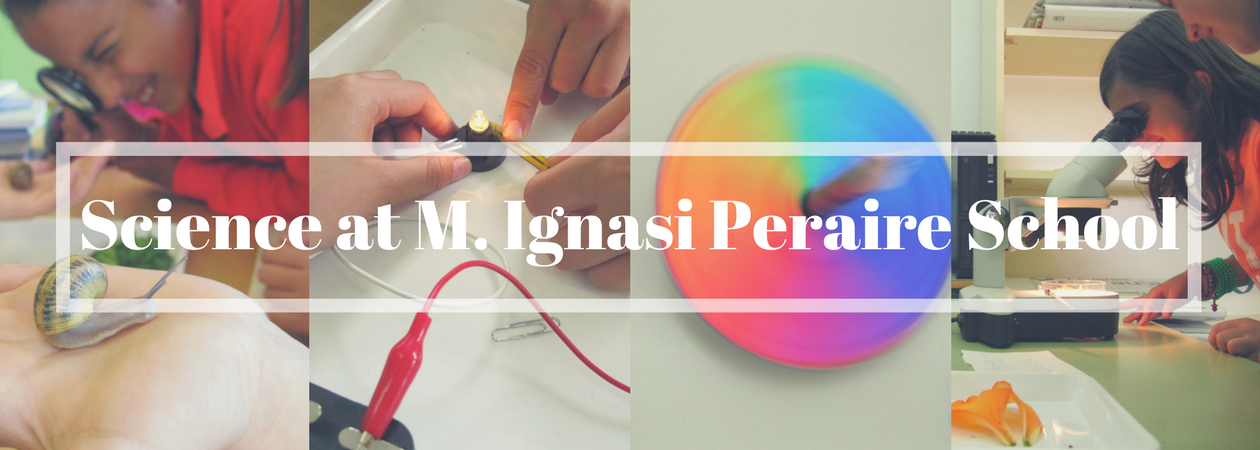He was a great scientist, who studied the laws of the universe, especially black holes. He revealed that black holes have a temperature and produce radiation (the Hawking Radiation).
He wrote many popular books to explain complex scientific ideas, for example: A Brief History of Time is a bestseller.
His friends and colleagues from the University of Cambridge paid tribute to Professor Stephen Hawking with the following video:
For extra information:
- Visit his Official Website HERE
- Ten Facts About Spehen Hawking (national Geogrpahic Kids): HERE
- Visit his Official Website HERE
- Ten Facts About Spehen Hawking (national Geogrpahic Kids): HERE















